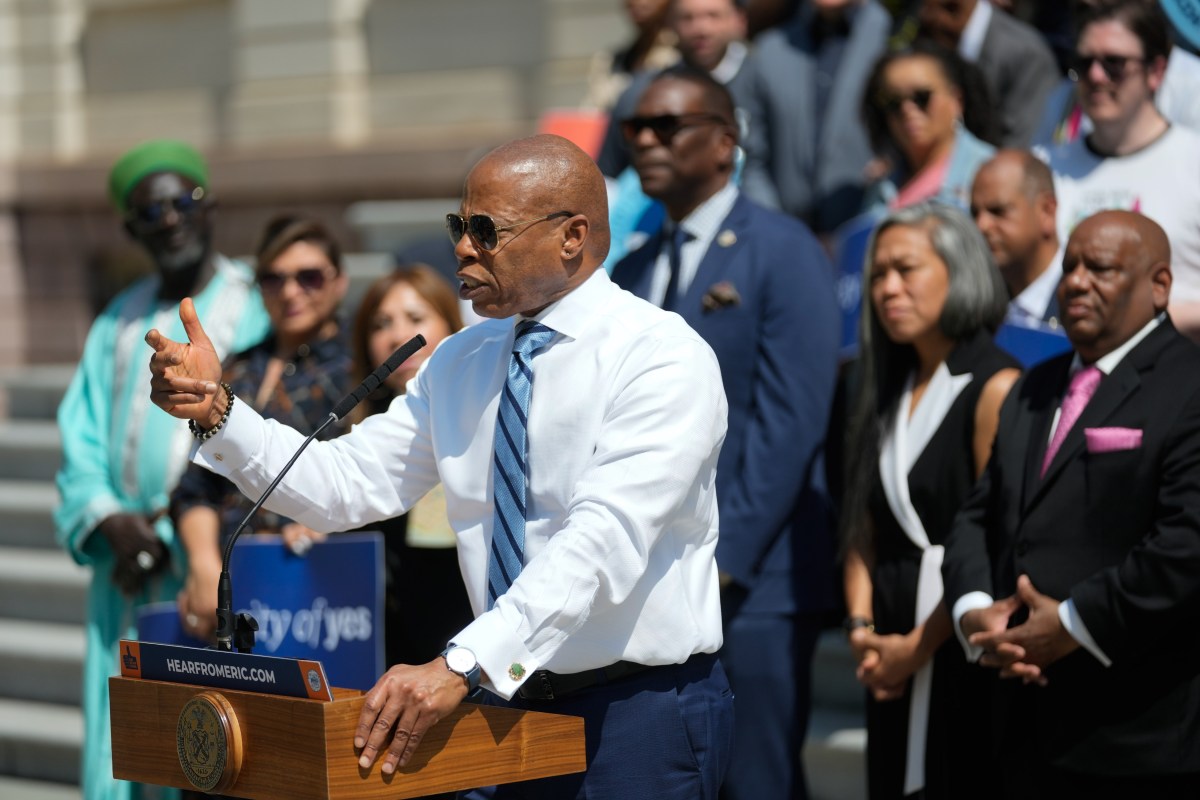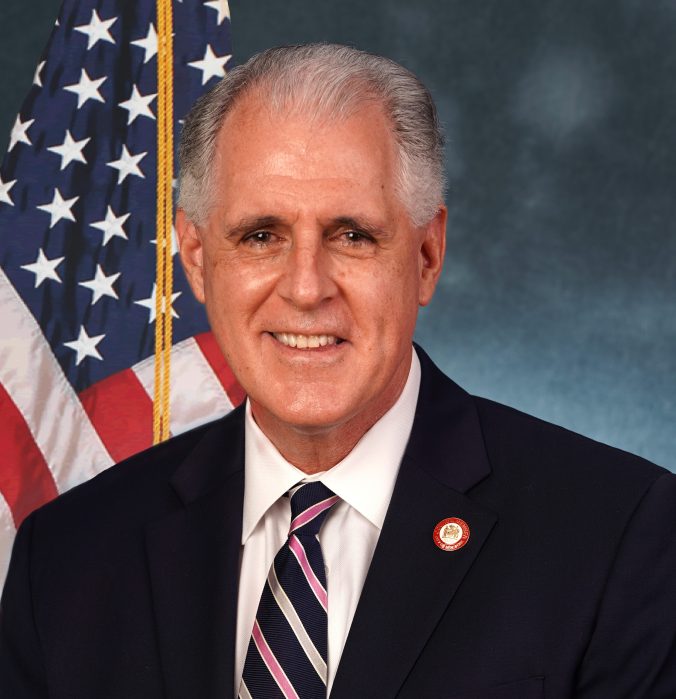By Prem Calvin Prashad
Contrary to hostile election year rhetoric, illegal border crossings from Mexico are at their lowest levels in over ten years. Supplanted by immigration from Central America and Asia, the decline appears indicative of successful efforts by the Bush and Obama administration to militarize the southern border. The impact however, is difficult to discern. Enforcement has put an end to over a century of migrant worker crossings in favor of an underclass of undocumented persons who are essentially stuck in the United States.
Data from the Pew Research Center indicates that more people are leaving the United States for Mexico than coming from Mexico and that the decline began in 2007. Overall, an estimated million individuals have left since then, with the overwhelming majority (61%) citing family reunification as their reason for returning to Mexico. In addition, deportations have grown dramatically as well as the consequences for being caught.
Dating back to the end of slavery, there is a storied use of migrant labor in the United States, from plantation and railroad workers from various Asian countries to Mexican migrants working on American farms, across a largely open border, for much of this country’s history. In fact, border enforcement, starting in earnest around the mid-20th century, was as much an effort to expel migrant workers from the United States as it was efforts by the Mexican government to keep its workers in Mexico. The controversial “Bracero” contracted labor program (1942-1964), which at its peak, brought in nearly a half-million migrant workers a year and the infamous 1954 “Operation Wetback” were examples of this cooperation. Failing to provide comparable wages, the Mexican government looked to manage its flow of people across the border through these agreements.
The phenomenon of Mexican migration to the United States is example of circular migration. Present in most developed nations, circular migrants tend to spend part of their year working in a wealthier country and return home during off-peak months. This is especially true for agricultural workers who would have little reason to remain after growing season ends. However, increased red tape, enforcement and criminalization of entry have forced many migrants to make the choice to remain in the United States as undocumented immigrants. The demand for their labor remains because Americans have shown little interest in agricultural work and farms have continued to rely on the undocumented. Consequently, as more migrant workers find themselves forced to remain, rhetoric against them has shifted, now accusing them of remaining for welfare and other social benefits.
It is possible that the current Republican intransigence and escalation on this issue is because the current administration has occupied a traditionally conservative position. The Obama administration has insisted on providing a path to citizenship while also deporting and returning undocumented persons at a rate higher than any other administration at levels unseen since the mass roundups of migrants (and some American citizens, too) of the ‘50s. Conversely, the Republicans may feel pressure to push narratives that they would manage policy differently, hence the newfound emphasis on “the wall.” Democratic presidential candidate Hillary Clinton has pledged to keep the paths to citizenship (DACA and DAPA) open, but has said less on the matter of deportation. She also pledges to create an Office of Immigrant Affairs, to promote integration.
Of course, should the Republican presidential candidate Donald Trump persist in the delusion of an expensive border wall (currently estimated at $5 billion), it’s worth noting that an estimated 70 percent of undocumented persons arrived in the United States by plane and overstayed visas. To prevent this would involve a blanket ban on all foreign visitors, which would have massive economic consequences across the country.
Sound immigration policy must acknowledge the critical role that circular migration plays for developed nations. In addition, should bipartisan consensus remain for stricter laws and robust deportations, the pathway to citizenship must remain open, so that those trapped by policy have a viable means to legalize their status. Until then, U.S. immigration policy will have the counterintuitive effect of drawing in more undocumented persons, most of whom cannot afford to leave.
































